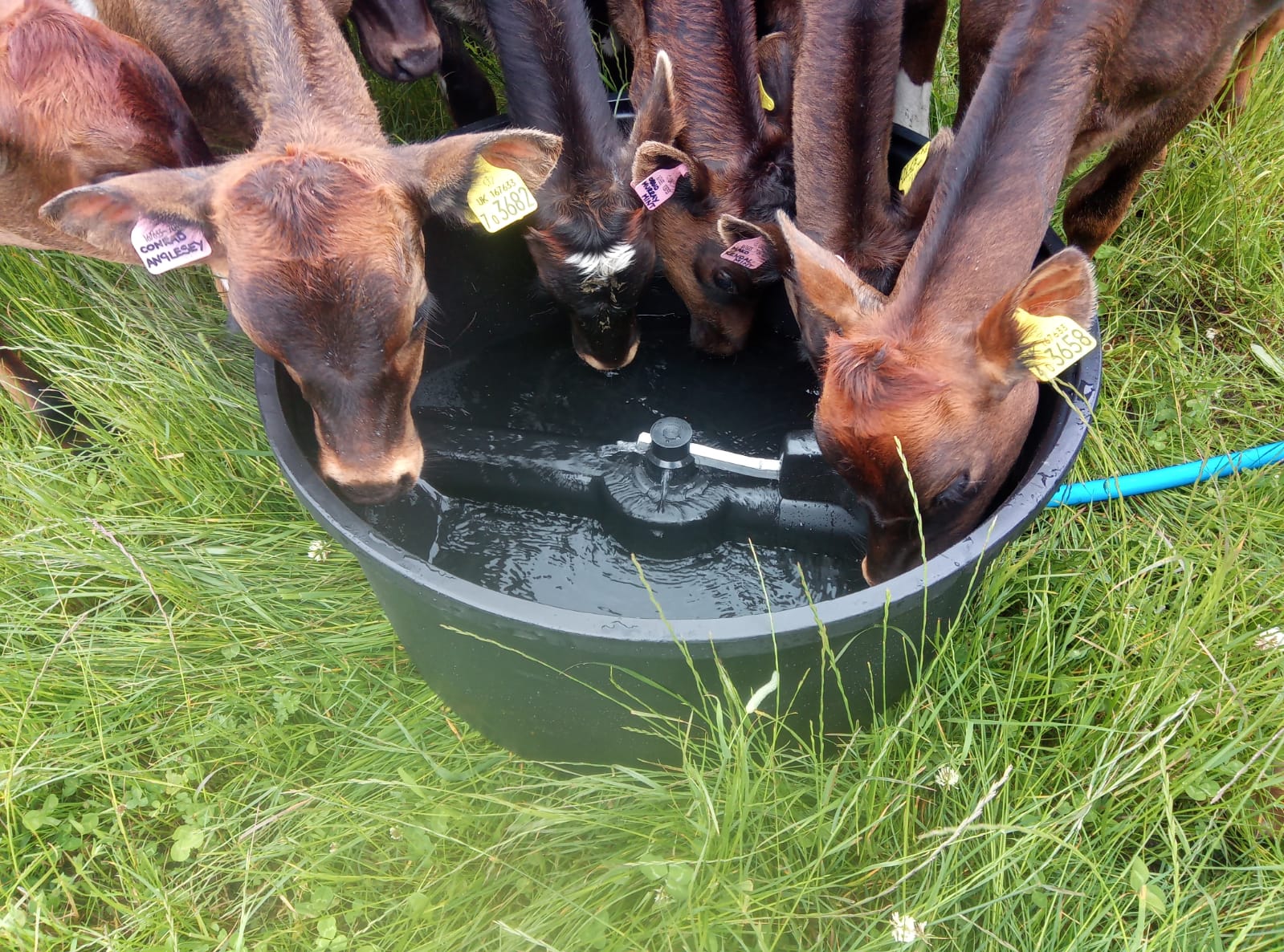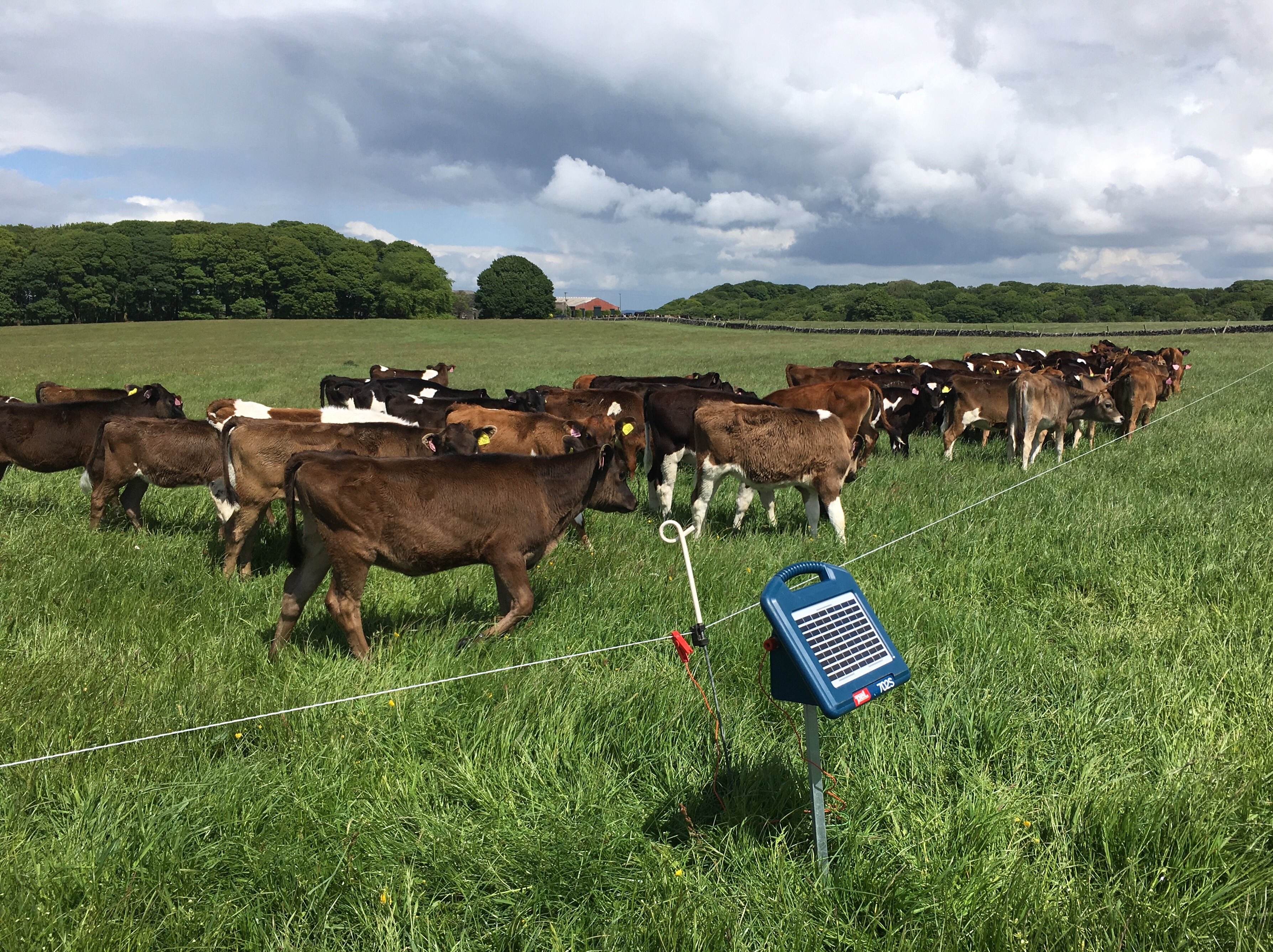- Home
- Grazing strategies for dairy youngstock
Grazing strategies for dairy youngstock
Turning youngstock out to grass reduces feed, labour and bedding. Grass provides good nutritional feed to ensure target weights are hit but rearing calves at grass has to be carefully planned and budgeted to benefit.
Back to Coronavirus: support for dairy farmers
Top tips for grazing youngstock
- Provide a consistent feed supply, so that heifers hit target growth rates
- Calculating dry matter intakes for rotational grazing of cattle
- Ideally grass quality should not be below 10.5MJ/kg ME to meet target growth rates – check out Forage for knowledge for recent grass quality in your area
- Graze at the two-leaf stage around 2,400-2,500 kg DM/ha – Grass measuring methods for rotational grazing
- Aim for a target residual of 1500 kg DM/ha (4cm) – a follower group of older heifers could be used to hit target but ensure re-growth is not damaged
- Move heifers every 2-3 days to prevent back grazing of new re-growth – this may require subdividing fields
- Ensure abundant supply of fresh water – sufficient water flow should be able to provide ten litres per heifer/hour
- Use appropriate-sized troughs with good access i.e. small plastic portable tanks or smaller fixed troughs
- If the weather turns cold or wet, extra feed such as concentrates, hay or silage might be required. Also offer some form of housing or shelter to prevent a fall in target growth rates
- Regular weighing to monitor heifer growth is crucial to maintain target weight gains – consider bringing any stragglers closer to graze near the buildings and supplement






